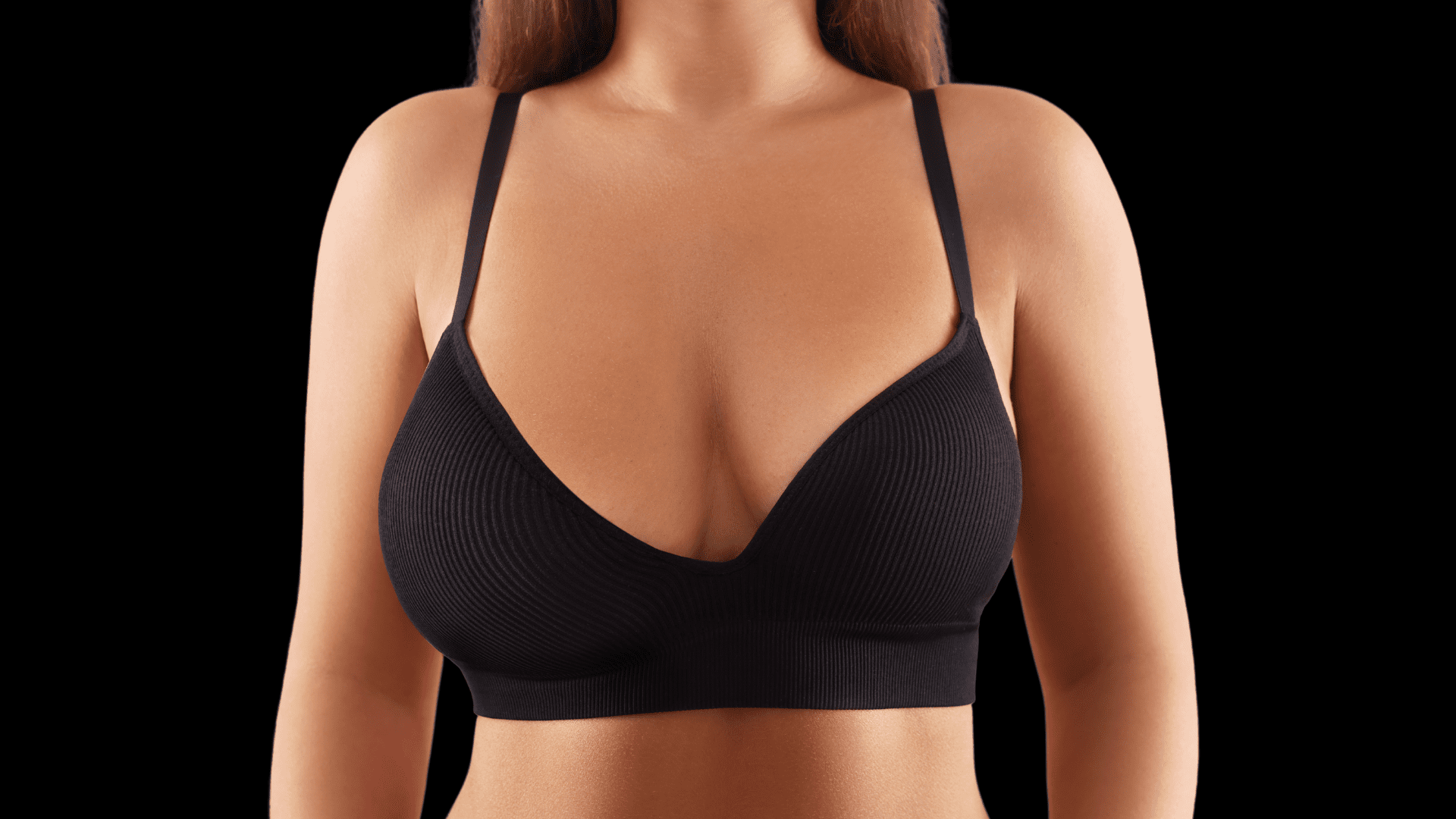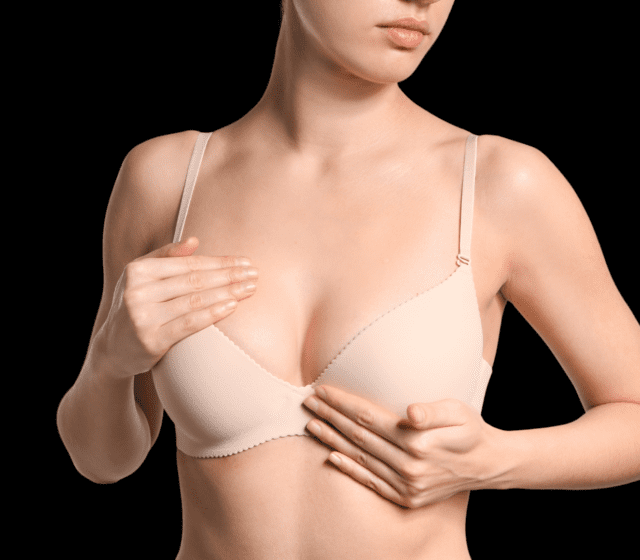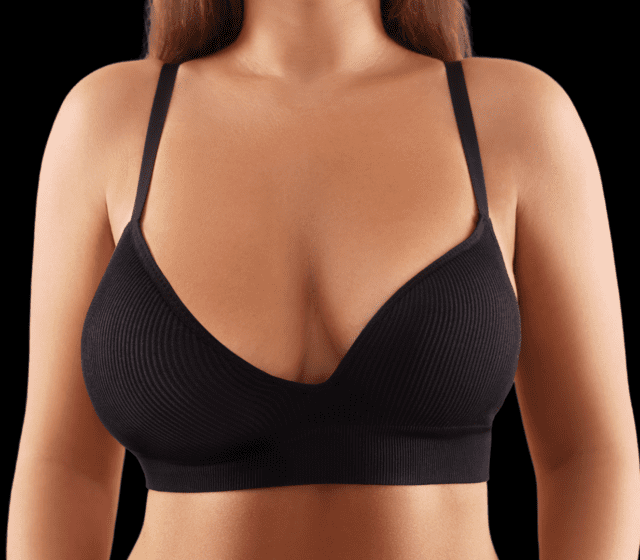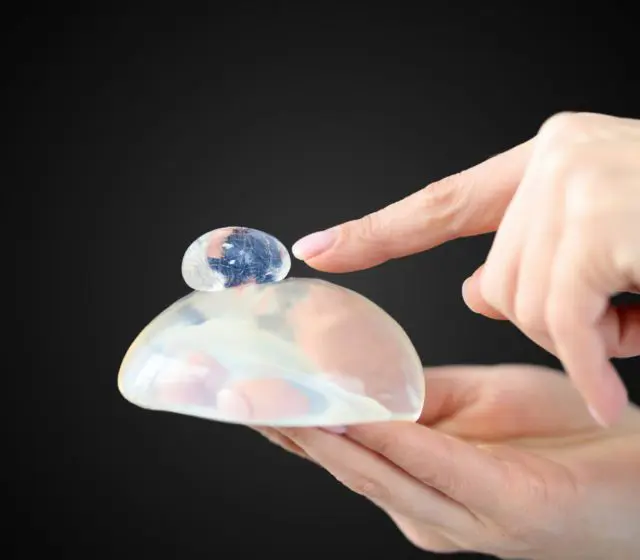12 Sep 2024
Exploring Options for Recurrent Capsular Contracture: Insights and Solutions
Breast Augmentation News

For many women, the journey towards achieving their desired breast appearance doesn’t end with augmentation. An unforeseen complication, such as recurrent capsular contracture, can emerge, affecting both the aesthetics and comfort of breast implants.
Dr Rory McGoldrick is dedicated to offering effective solutions with capsular contracture procedures for those facing this challenge, emphasising both the restoration of appearance and the alleviation of discomfort.
What is capsular contracture?
Breast augmentation is one of the solutions to breast that has dropped, become ptosis, or sagged. Following breast augmentation, every patient will get a thin scar that forms around the implants like an egg shell, this is referred to as a capsule. However, in a small minority of patients this capsule can thicken and harden which leads to a condition called capsular contracture.
This complication is characterised by noticeable hardening of the breast, an implant that appears overly round or shifts upwards, and discomfort or pain in the affected area.
Dr Rory’s approach to capsular contracture procedures is twofold: addressing the physical symptoms and ensuring a pleasing aesthetic outcome, aiming for a resurgence of comfort and confidence in one’s appearance.
Who is at risk for capsular contracture or recurrent capsular contracture?
While anyone with breast implants can potentially develop capsular contracture, certain factors may increase the risk. It is understood that the type of the implant used whether there is an infection from a surgery or hematoma, collection of blood following surgery and the position of the implant whether it’s above or below the muscle as well as genetic redisposition to take the types of scarring are all factors in the development of capsular contraction.
Genetic predisposition to scarring or autoimmune diseases and previous radiation therapy are notable risk factors.
Infact, several women experience a mild capsule that doesn’t markedly affect their quality of life. Nonetheless, a small proportion of these women may develop pain or recurrent capsular contracture even after undergoing capsulectomy and implant replacement.
Capsular contracture treatments: Exploring options for recurrent capsular contracture
Capsular contracture can be graded based on its severity, ranging from Grade I, which is barely noticeable, to Grade IV, which involves significant hardening, distortion, and pain. Understanding the grade can help in determining the most effective treatment plan.
- Dr Rory offers a spectrum of treatments ranging from numb surgical treatment which involves certain medicines such as vitamin A or Montelukast, both of which reduce the risk of progression of capsular contraction to surgical options. The surgical options involve predominantly Capsulectomy. This procedure involves removal of the scar tissue and the implant for the placement of a new implant encased in a dermal matrix to discourage further contracture.
Or, in modern cases patients may opt for an open capsulectomy if there is limited soft tissue coverage over the implant. This method aims to release the constraint through strategic incisions, potentially including the replacement of the implant to ensure optimal mobility of breasts and aesthetics.
The surgery process for capsular contracture
Breast revision surgery for capsular contracture involves a series of steps designed to address the condition effectively and enhance the breast’s appearance. In some cases, revision surgery is designed to address recurrent capsular contracture.
These steps include:
- Scar Tissue Removal: Complete excision of the thickened capsule to alleviate constriction.
- Surgical Pocket Sanitization: Application of antibiotic solutions to reduce the risk of bacterial-induced contracture.
- Implant Replacement: Insertion of a new implant with highly specialized services such as putting polyurethane (PU) implants ensure the reduction in risk of capsular contraction. Dr Rory also ensures that the implant is free of bacteria and positioned correctly.
- Using other interface services: Polyurethane (PU) implants and acellular dermal matrix (ADM) implants help reduce the risk of capsular contraction.
- Implant Repositioning: For certain cases, moving the implant from above to below the muscle can help reduce recurrence.
- Aesthetic Matching: When replacing one implant, meticulous attention is given to ensure symmetry with the unaffected breast, focusing on size, shape, and positioning for a harmonious appearance.
Alternative treatment options
Non-Surgical Approaches:
Some medications or ultrasound therapy that may be suitable for early stages or less severe cases of capsular contracture. However, for greater degree of capsular contracture that causes discomfort, pain or embarrassment, surgery is recommended.
Prevention strategies
- Post-Surgical Care: Emphasize the importance of following post-operative care instructions to minimise the risk of capsular contracture.
- Massage and Physical Therapy: Discuss the role of breast massage or physical therapy in promoting softness and preventing capsule formation (There is little evidence to support this mentality).
- Monitoring and Early Detection: Highlight the significance of regular follow-ups for early detection and management of potential signs of capsular contracture.
Why choose Dr Rory for capsular contracture treatment?
Choosing Dr Rory for addressing capsular contracture is a decision that places you in the hands of a surgeon who is not only at the forefront of aesthetic and reconstructive breast surgery but also deeply committed to employing the latest advancements in implant technology and surgical techniques.
Here’s why Dr Rory stands out in the treatment of capsular or recurrent capsular contracture:
Surgical Expertise
Dr Rory’s approach to surgery is defined by precision, personalization, and a profound understanding of the human anatomy. With years of experience and a keen eye for aesthetics, Dr Rory ensures that each procedure is tailored to meet your unique needs and goals.
His expertise extends to managing complex cases of capsular contracture, where his surgical skill is paramount in removing scar tissue, correcting implant position, and achieving a natural, symmetrical appearance.
Use of Motiva® Implants
To reduce the incidence of capsular contracture, Dr Rory utilises Motiva® breast implants, renowned for their cutting-edge design and material quality.
These implants are engineered with a smooth, nano-textured surface that minimises inflammation and reduces the risk of scar tissue formation. Additionally, Motiva® implants are filled with a cohesive silicone gel that not only feels natural but also has a lower rupture rate, contributing to a safer and more stable outcome.
If you’re grappling with the effects of recurrent capsular contracture, it’s crucial to choose a surgeon with a profound understanding of both the condition and the most effective treatments. Contact Dr Rory McGoldrick today to explore your options for reclaiming the beauty and comfort of your breast augmentation results.



































































































